Well not usually.
However, when uber-gardener Lawrence Qholloi decides to grow bananas (and coffee, mango and casava) – they do! “I am a bit obsessed with tropical fruit at the moment,” he laughs, plucking an almost ripe papaya from the tree inside his tunnel beside the mist-belt forest.
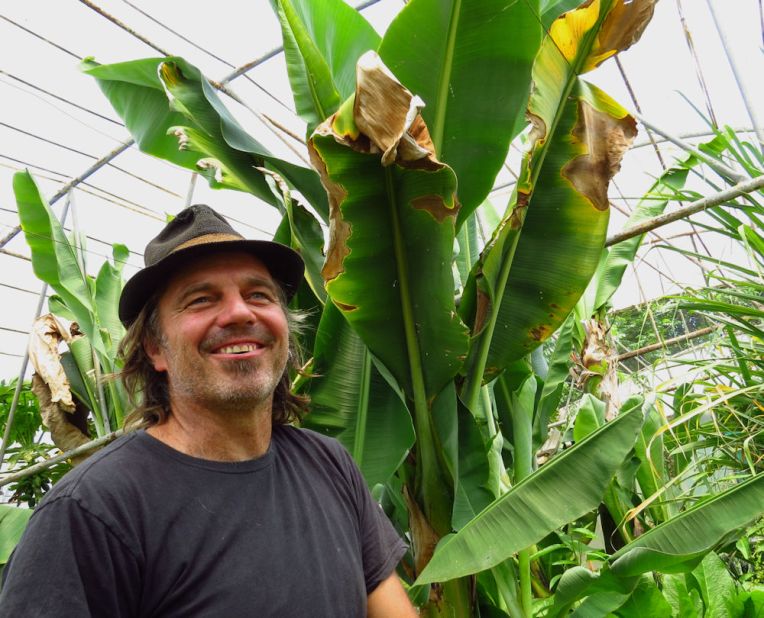
Clearly, the forest inspires him. “It is a perfect system, constantly recycling nutrients, generating huge biomass, and thriving with no inputs besides sunlight and water.” This resilient natural system is what he aims to replicate through permaculture by creating a food forest.
The trees provide much needed shade for crops that don’t like the heat – so his harvest of black kale has been extended considerably and lettuce can grow even in summer.
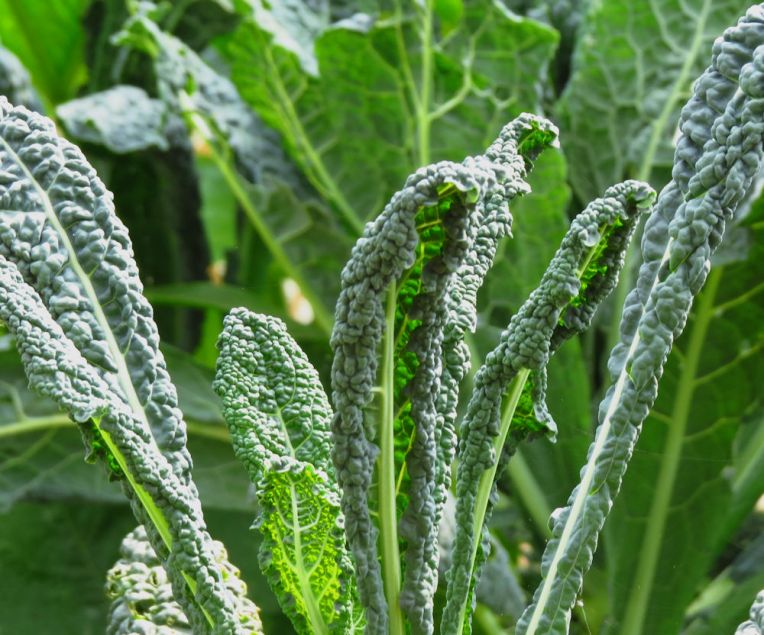
Naturally, beans twine up the four varieties of heirloom maize he has planted and squash covers the ground. Cleverly, each maize variety has been planted six weeks apart to ensure that cross pollination does not take place, and keep the seed pure. “Lots grows happily in the shade, especially brassicas”, he says, “so one should not be put off food gardening if you don’t have full sun like the seed packets say.” The biggest challenge in the tunnel has been soil building. Green manure cover crops help, as does the addition of organic matter from the farmyard. Lawrence has also added Beneficial Micro-Organisms (BIM) to help the food forest start building its own soil. To create BIM, Lawrence puts a cup of rice in an old nylon stocking and buries it for a month near natural, old growth forest. After 30 days, the rice ball has been colonised by mould and other organisms and is placed in a brew of 75% water and 25% molasses for a further 30 days, before being diluted 1:10 parts of water and spread around the garden. Mulch is added constantly to keep the soil covered and allow micro-organisms to work.
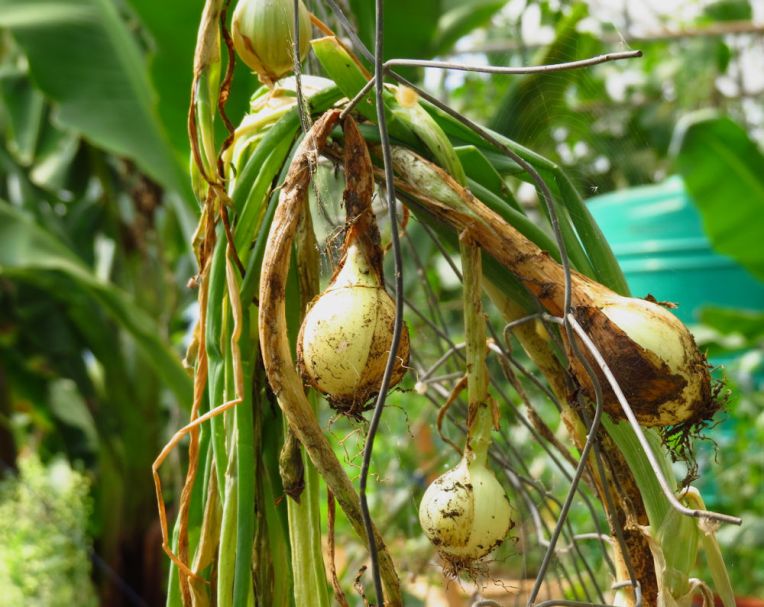
Outside the tunnel, he is transforming an old orchard into a polyculture system. Pigs have been at work, getting rid of invasive kikuyu grass and now chickens forage amongst the fruit trees, eating insects and leaving manure.
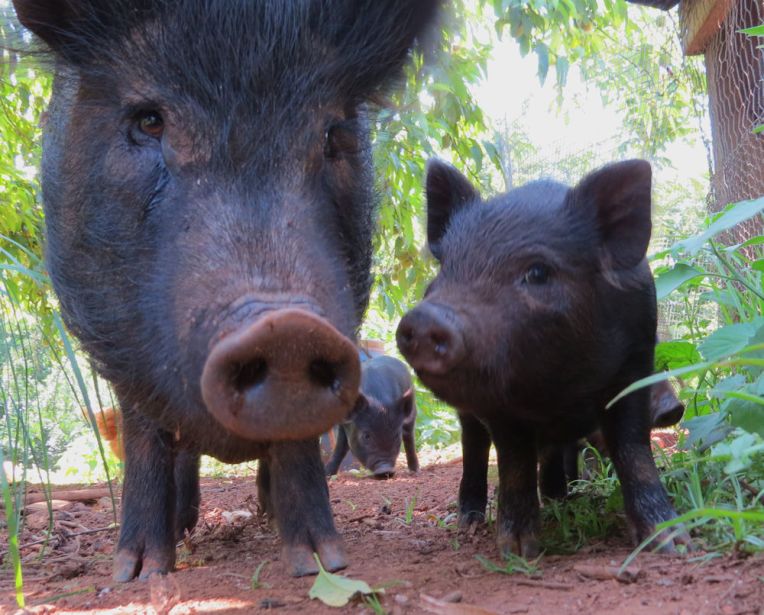
In small boxes with chicken wire tops, Lawrence has planted quick growing pioneers like buckwheat, lucern and chia that the chickens can snack on without digging up the plants. Chickens will also spend time inside the tunnel beneath the trees clearing out old beds and preparing the soil. “Chickens are originally a forest species, so feel safe in this habitat. I keep the groups small (less than 12) as they get really stressed in large groups.”

How does he manage to keep the banana happy during the frosty midlands winter? The large, leafy top is chopped off and left around the base of the plant. Next to the trunk a big drum filled with water acts as a solar energy store, warming during the day and slowly releasing the heat at night. Decomposing compost heaps nearby also help raise the temperature. Clever.

Lawrence has created permaculture gardens all over the globe, is passionate about turning scarcity into abundance and improving food security through holistic land management. Should you want advice on your project, that may or may not include bananas, he is just the consultant you need. qholloi@gmail.com
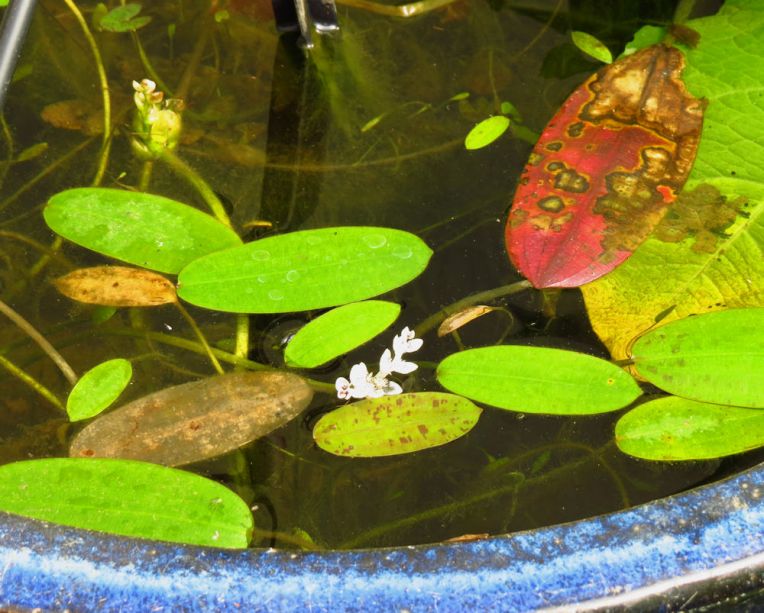

Fabulous post Nikki, love the photos too.